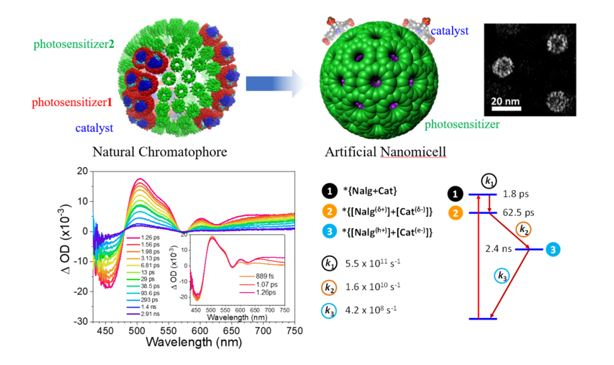 Figure 1. Structure of the artificial spherical chromatophore nanomicelles system and its mechanism study.
Figure 1. Structure of the artificial spherical chromatophore nanomicelles system and its mechanism study.
Converting solar energy into carbon-neutral fuels is a promising approach for reducing our dependence on fossil fuels and mitigating climate change. Plants and other photosynthetic organisms in nature use sunlight to create energy-rich compounds from water and carbon dioxide (CO2) through a complex biochemical process that takes place within specialised structures known as chloroplasts. However, the efficiency of this natural process is limited by metabolic pathways that have reflectively low effectiveness in converting sunlight into useful energy.
Artificial photocatalytic cycles have demonstrated higher intrinsic efficiencies, they typically rely on pure or highly concentrated CO2 and organic media to prevent degradation of the catalyst caused by water or protons. A Research team led by Professor David Lee PHILLIPS from the Department of Chemistry of The University of Hong Kong (HKU), Professor Lili DU at Jiangsu University (HKU Ph.D. Alumna), Professor Ruquan YE at the City University of Hong Kong, and Professor Jia TIAN at the Shanghai Institute of Organic Chemistry have developed a remarkable and environmentally friendly system that can effectively harness light energy for the photocatalytic process.
This artificial system is highly-stable and recyclable, and it does not rely on precious metals, making it more economically viable and sustainable. The hierarchical self-assembly of the system offers a promising bottom-up strategy to create a precisely controlled artificial photocatalytic system with high stability and efficiency based on cheap and Earth-abundant elements rather than expensive precious metals. Professor David Phillips said: ‘Our research has the potential to advance renewable energy by replicating nature's efficient light-harvesting mechanisms. This could lead to sustainable solutions for our energy needs and the production of carbon-neutral fuels, contributing to a greener future.
This research offers promising practical applications in fuel production, carbon capture, and environmental remediation. The research findings are recently published online in the top scientific journal Nature Catalysis.
Link of journal paper can be accessed from: https://www.nature.com/articles/s41929-023-00962-z#citeas
